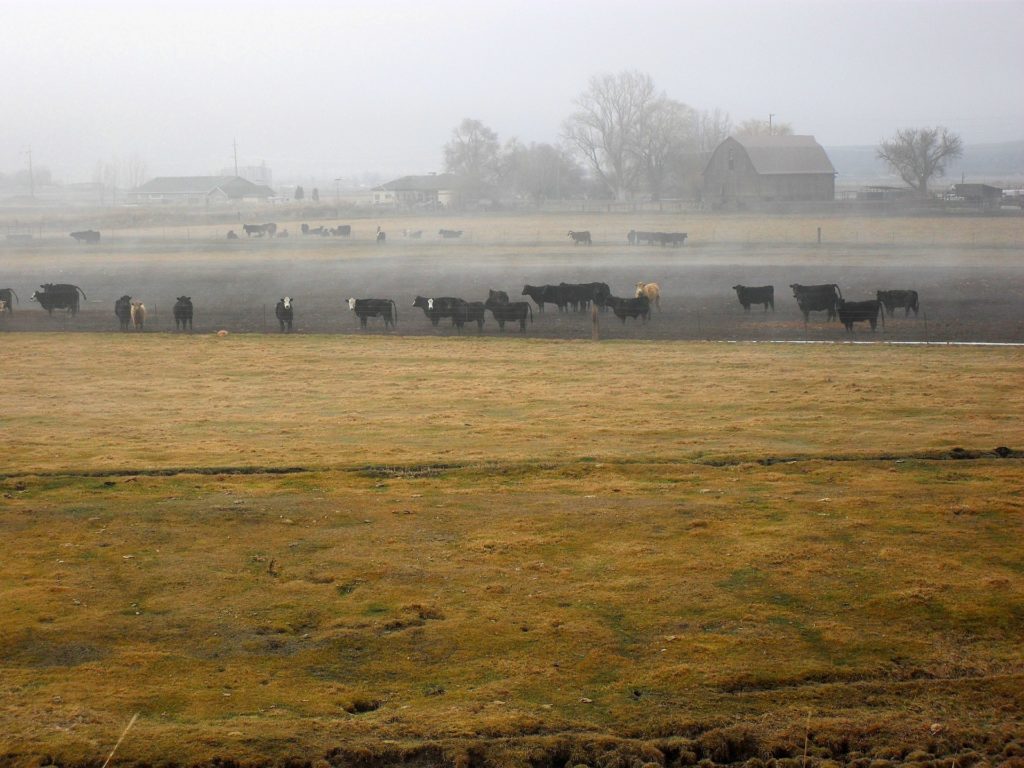How to start homesteading in Oregon

With a climate that supports orchards, crops, livestock and seafood, there is not much that won’t grow in Oregon. A big part of Oregon’s agricultural success is its unique growing regions. In fact, the Beaver State is home to one of the agriculturally diverse regions in the world — the Willamette Valley where farmers grow or raise more than 170 different commodities including grain, fresh produce, fliberts, Christmas trees, grapes, cattle and sheep.
Oregon’s entire western boundary is the Pacific Ocean, giving farmers access to important seaports. The Cascade Mountain Range divides western and eastern Oregon. Those same mountains capture moisture coming in from the Pacific, making for a somewhat rainy but fertile western region while the eastern side is home to vast tracts of open pastureland and cropland.
If this sounds like the kind of place for your small farm or homestead, here’s what you need to know about how to start homesteading in Oregon.
Buying farmland in Oregon
According to the United States Department of Agriculture, Oregon had 16 million acres of farmland and 37,200 farms in 2017. The average size of a farm or homestead in Oregon is 430 acres.
In 2017, the average price for farm real estate in Oregon was $2,130 an acre, including land and buildings, and is below the national average of $3,080. The average cost per acre for cropland in Oregon was $2,860 and $700 for pasture.
Growing crops in Oregon
The average annual growing season in Oregon is 226 days. The state is in the USDA plant hardiness zones 4 through 9. A variety of vegetable and fruit crops do well in Oregon. Among these are asparagus, carrots, beets, sweet corn, beans, peas, onions, turnips, lettuce, cabbage, broccoli, potatoes, blueberries, huckleberries, pears, apples, cherries, grapes, plums, wheat, hops and barley.
Raising animals in Oregon
At one time, all of Oregon was an open range state, but that has declined over the years and today only three of the state’s counties are open range. In these counties, it’s up to any landowners who do not want livestock on their propriety to put up fencing to keep the animals out. The rest of the state is closed range with livestock districts. In these counties, all livestock must be enclosed within a pasture and have adequate shelter within those enclosures. In livestock districts, owners must fence in or restrain their animals on their own land. Failure to fence in or restrain animals can lead to owner liability for the damages caused by wandering animals. A list of which counties are open range, closed range or a combination of both is available online at the Oregon Department of Agriculture It’s also a good idea to check at the municipal and county levels to see if there are any specific livestock ordinances affecting your homestead.
Selling food in Oregon
Selling your own crops directly from your farm or at a farmstand in Oregon does not require any state, municipal or county licenses.
A permit is required to sell any food that you process or prepare in your home kitchen. Your kitchen is subject to inspection by the Oregon Department of Agriculture and must adhere to strict regulations including not allowing pets into the kitchen area at any time, not allowing children into the kitchen when processing food for sales and completing any personal use of the kitchen before processing food that will be sold.
The Oregon Department of Agriculture has detailed guidelines on what is required and how to obtain licenses on its website.

Oregon organizations for farmers
- University of Oregon Extension Service
- Oregon Farm Bureau
- Oregon Aglink
- Oregon Farmers Market Association
- Center for Small Farms and Community Food Systems
- Oregon Organic Coalition
- Oregon Cattlemen’s Association
- Oregon Winegrowers Association
How difficult is it to start farming in Oregon
Farming is big business in Oregon, and is increasingly diversified. Depending on what you want to raise or grow, there is quite likely a region in The Beaver State that will accommodate your small farm or homestead. At the same time, the northwest section of the state is a foodie’s paradise. That means your crops or livestock products have excellent markets in the restaurants and other eateries of that region.
Speaking of markets, there are 81 farmers markets listed in the state’s directory and hundreds of successful farm stands throughout Oregon. If all this sounds like it meets your farming or homesteading needs, Oregon is the place for you.
